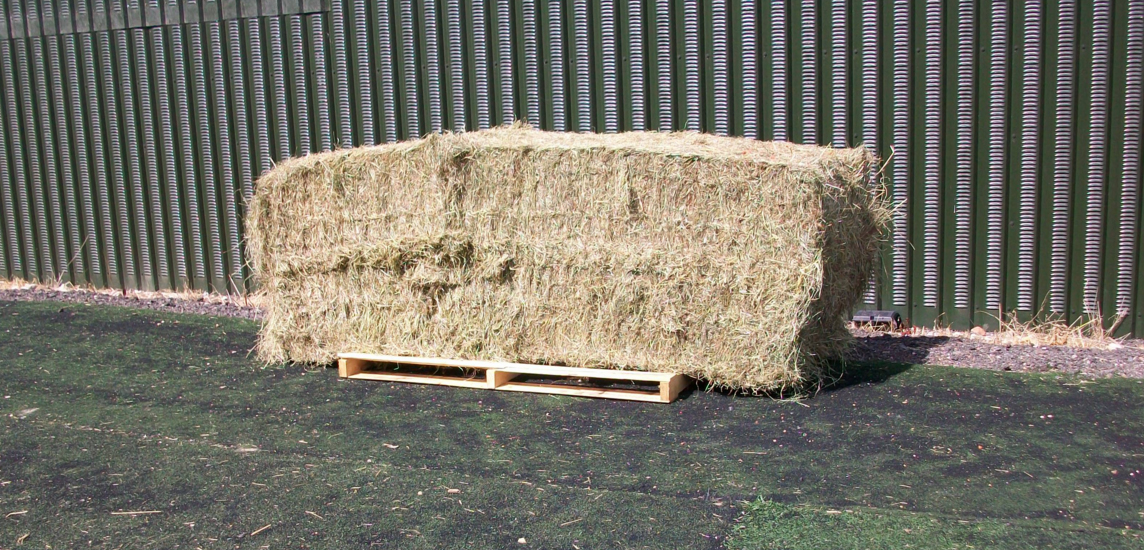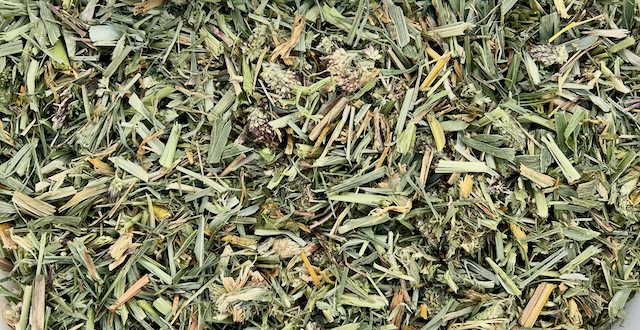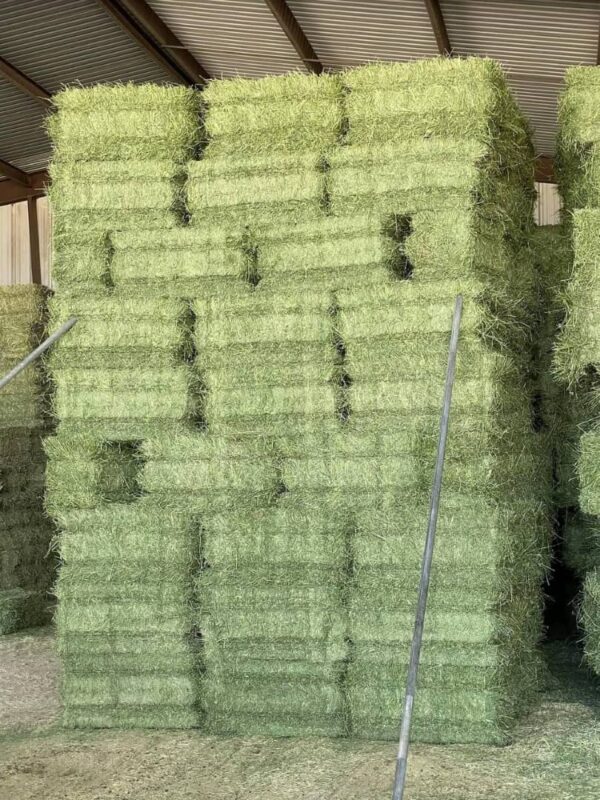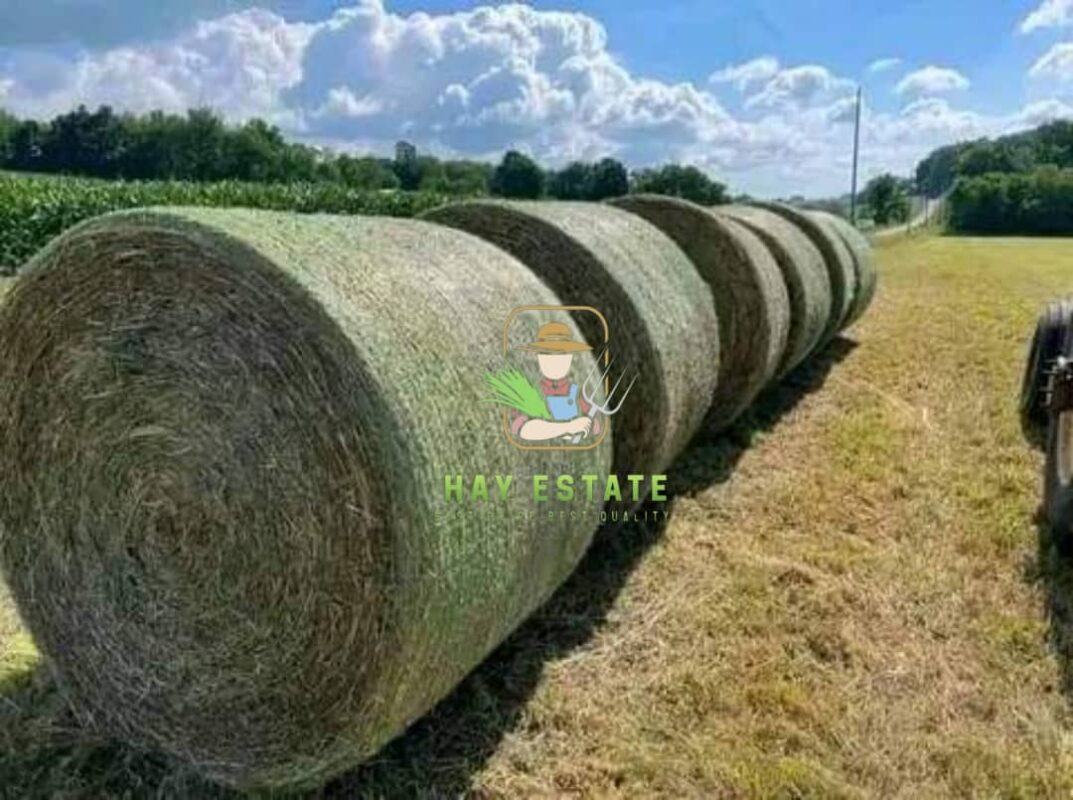HAY FOR SALE
Browse featured hay for sale, alfalfa, silage, straw, hay equipment and hay auctions below then visit our buy hay page to find hay for sale near you
Hay Bale For Sale - Buy Hay Bale Online
Premium quality hay bales for sale such as Alfalfa, Orchard, Timothy mixed grasses etc all in good quality first-cut and second-cut all available .The all come in large squares, small squares and round bales and their prices varies greatly on the quality and sizes of the bales .Bales are stored both indoors and outdoors with the possible condition free from mold, dust, or other contaminants. Delivery is available for a fee which also depends on the distance and quantity of bales. Morestill our hay is organic, locally grown and well tested making sure it is free from pesticides which is isn't good for your animals
Alfalfa Hay
Alfalfa round bale
BAHIA GRASS HAY
TYPE:Hay
VARIETY:Bahia Grass
FERTILIZED:No
SIZE:Large Round
QTY:38 Bales
PRICE:30.00 per Bale
DELIVERY OFFER:Delivery for a Fee
MIN ORDER: 5 Bale
5×5 Round Bale Bahia hay, ONE LOAD LEFT, 38 bales to a semi load. Non Fertilized, net wrapped. We can deliver to any state. Prefer to deliver semi loads at a time because it will save you cost per bale.Barley Straw – Medium Bales
Bermuda grass hay
BROME/CLOVER/PRAIRIE HAY
HAYLAGE SILAGE
Meadow Hay
Mixed grass hay
OAT HAY
TYPE:Hay
VARIETY:Oat
FERTILIZED:Yes
RFV:78
SIZE:Large Square 4x4
QTY:320 Tons
PRICE: 100.00 per Ton
DELIVERY OFFER:DELIVERY FOR A FEE
Oat/ Forage wheat Mix. Planted Forage Oats into winter killed wheat. decent presence of beardless Forage Wheat came through, Ray Variety. Protein 13.56% TDN 55.10 Feed test can be provided upon request. We are a hay farm in the panhandle of Nebraska and would like the opportunity to provide you with a good quality product. Please feel free to contact me with any questions.Orchard Hay
TYPE:Hay
VARIETY:Orchard Grass
FERTILIZED:Yes
SIZE:Small Square
QTY:2000 Bales
PRICE:7.50 per Bale
DELIVERY OFFER:Pick Up
PURE COASTAL HAY
How to Choose the Right Hay for Your Horse
How do you choose the proper hay to feed your horse? Certain hays are better suited to your horse's activity level, health, and nutritional requirements. Horses evolved as grazing animals that survived by consuming vast amounts of fibrous vegetation. They obtain energy and nutrients from these plants via substantial fiber fermentation in the hindgut. Despite the quantity of concentrate feed available today, horses should still get the majority of their nutritional needs met by pasture. In North America, this often entails giving access to well-managed pastures in the summer and adequately stored, nutritious hay in the winter when pasture is scarce. Hay contains vital elements such as protein, fat, carbs, vitamins, and minerals. Feeding hay also enhances your horse's natural desire to express foraging behaviors. Not all grasses are created equal, and not all hays have the same nutritional value. When developing a feeding schedule to give your horse with the finest nutrition possible, hay selection is critical. To keep insulin levels under control, easy keepers or horses with metabolic issues should have grass hay with appropriate protein but less than 10% sugar and carbohydrate. Horses will naturally spend up to 16 hours per day foraging, regardless of whether hay is available. It is critical not to limit their fodder supply and to match hay quality to their requirements. Which hay is ideal for your horse depends on their nutritional needs, which are dictated by age, exercise level, physiological status, and health. Horses that are growing, breeding, or competing require considerably different maintenance than horses. Horses with certain health issues and nutritional allergies may also have special requirements. Appropriate hay selection can also help to treat digestive issues like stomach ulcers and maintain a healthy hindgut. When examining your horse's essential nutritional needs, look for the following. Body Muscle loss, topline Signs of Poor Development
Signs of digestive health problems
Listlessness or a negative work attitude.
Dull coat, skin problems, or inadequate hair growth
brittle or deformed hooves
These symptoms may indicate that their present diet is deficient in essential nutrients. For example, a horse with a weak topline would benefit from higher protein hay that includes enough levels of vital amino acids.
Alfalfa hay
Alfalfa hay is high-protein forage commonly fed to livestock such as horses, cattle and rabbits . It's known for its rich nutritional content including vitamins , minerals and protein, making it a valuable component of many animals' diet.


Orchard grass
Large and Small square bale.
Orchard is grass made from the mixture of timothy, orchard grass, and alfalfa. Orchard hay is typically greenish-yellow in color and has a sweet aroma. It provides essential nutrients and roughage for animal's diets.

Bermuda hay.
Round bale bermuda grass.
Warm-season grass that grows well in hot and dry climates. Bermuda hay is popular for livestock feed, particularly for horses and cattle, due to its high protein content and palatability . It's typically harvested and baled during the summer months when it is at it peak nutritional value.
DISCOVER OUR RANGE OF FODDER AVAILABLE FOR SALE!
A clear difference must be drawn between hay for sale and hay for commerce. Hay for sale is frequently unplanned surplus that is not used to feed cattle. In this situation, the producer sells surplus hay produced as a result of increased harvests or herd reductions. Too often, this hay is of lower quality because the cut is not made at the proper stage, the species are not desirable, or the field must be emptied regardless of the outcome. Commercial hay is produced specifically for the purpose of trading. As with any other commercial production, the producer plans his output in advance, including the intended amount and quality. well as the marketing












